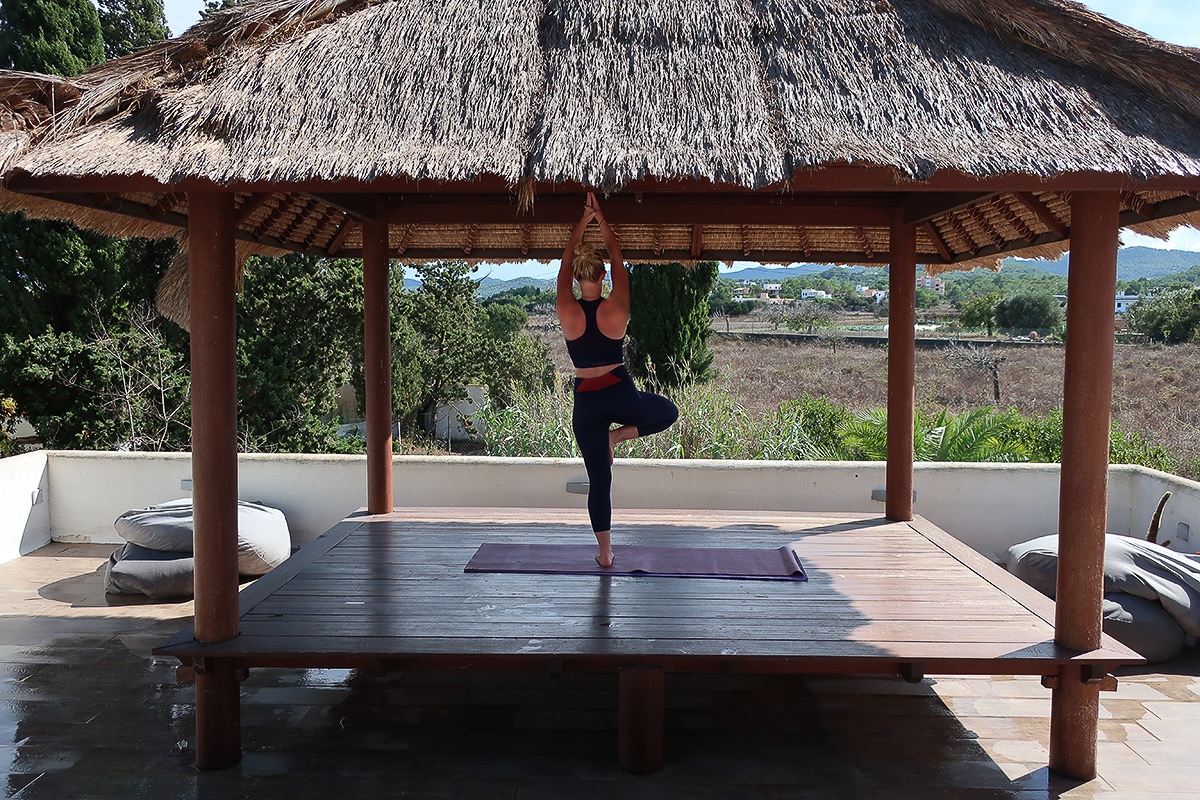If you do yoga, you want to ensure you have the best equipment. Here is how to find the best yoga mat for your practice…
Yoga is an excellent pastime, offering rejuvenation and restoration of both your physical and your mental health, thanks to the combination of full-body stretches and poses and the mindfulness component during which you allow your busy mind to empty out and quieten as you focus on attaining the right position and controlling your breathing, your limbs and your muscles. Once you have tried yoga a few times, you will know if you are committed to it, and it is at this point that you might think about acquiring some equipment to help you get the most out of your workouts. Here are some points to consider when choosing a yoga mat.

Personal Choice
As well as asking those who are in a good position to advise you, always let your own choices be the final guide when it comes to choosing a yoga mat. After all, it will be you that is using the mat, for anywhere from twenty minutes three times a week to ninety minutes every single day, and if your mat does not entirely please you when you buy it, your affections will certainly not grow with familiarity! Pick your favourite colour mat, make sure it is comfortable, lightweight if you will be carrying it to and from class, and generally choose a mat that you will be happy to see as often as you wish to practise your yoga!
Cost
The cost of the mat is also important, as you should not be going into debt to buy the most expensive equipment, just to have the glow of having spent a lot of money! Instead, research the available mats, ask your yogi or instructor for their input, and then choose the best quality mat that you can afford. Manduka yoga mats seem expensive, but their lifetime guarantee offers a high-quality product that will not need regular replacing, making them more economical than they first appear, while cheap no-brand foam mats might tear after just one or two uses, needing a fast replacement for next time, and building up costs over time.
Materials
What the mat is made from will affect both the price and the quality. Cheaper yoga mats are made from open-cell foam which is not very durable, while more expensive, professional-quality mats are made from dense closed cell foams, or more ecologically friendly products like carefully sourced rubber or PVC – dense enough for comfort and thin enough for stability. Green options are available – again, Manduka’s name comes up, being proud of their consistently eco-friendly ethos – for those looking to actively reduce their carbon footprint.
Other Features
Returning once again to the matter of personal choice, you should try out various thicknesses to find the sweet spot between comfort and stability (balancing on a very thick mat is not easy!). Other features to look out for include the tactile qualities of the mat, or its stickiness. Yoga positions can be hard to achieve and hold, and having sweaty hands and feet sliding on the mat is not ideal. A good yoga mat should be easy to move on, while offering good friction when necessary, keeping you safe and sound while you practice your yoga.
These are just a few things that you need to consider when it comes to how to find the best yoga mat for your practice…

